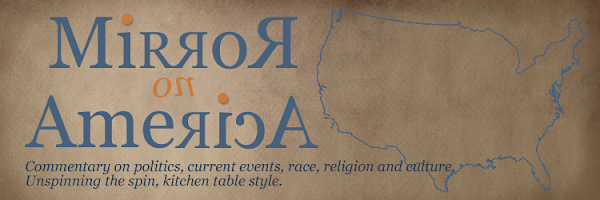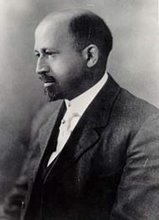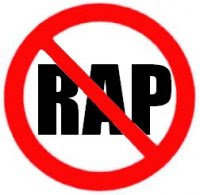THIS IS WHO THEY ARE.
........................
anyone making ads, here's one for you:
Take all the times Willard praised the Ryan Budget and then have a voice ask..
Why is Mitt Romney so supportive of the Ryan budget?
then, give the answer:
his ass would pay only 0.82% IN TAXES
while the lower 30% of the country would pay more.
THIS is the America Mitt Romney and Paul Ryan want.
Is this the America YOU WANT?
See...simple ad
...........................
From The Atlantic Monthly:
Mitt Romney Would Pay 0.82 Percent in Taxes Under Paul Ryan's Plan
Under Paul Ryan's plan, Mitt Romney wouldn't pay any taxes for the next ten years -- or any of the years after that. Now, do I know that that's true. Yes, I'm certain.
Well, maybe not quite nothing. In 2010 -- the only year we have seen a full return from him -- Romney would have paid an effective tax rate of around 0.82 percent under the Ryan plan, rather than the 13.9 percent he actually did. How would someone with more than $21 million in taxable income pay so little? Well, the vast majority of Romney's income came from capital gains, interest, and dividends. And Ryan wants to eliminate all taxes on capital gains, interest and dividends.
Almost. Romney did earn $593,996 in author and speaking fees in 2010 that would still be taxed under the Ryan plan. Just not much. Ryan would cut the top marginal tax rate from 35 to 25 percent and get rid of the Alternative Minimum Tax -- saving Romney another $292,389 or so on his 2010 tax bill. Now, Romney would still owe self-employment taxes on his author and speaking fees, but that only amounts to $29,151. Add it all up, and Romney would have paid $177,650 out of a taxable income of $21,661,344, for a cool effective rate of 0.82 percent.
But what about corporate taxes? Aren't they a double tax on savings and investment, so Romney's "real" rate is higher than his headline rate? No. As Jared Bernstein of the Center on Budget and Policy Priorities has pointed out, Romney has structured his investments as "pass-throughs" that avoid corporate tax. In other words, the 0.82 percent tax rate is really a 0.82 percent tax rate.
It might seem impossible to fund the government when the super-rich pay no taxes. That is accurate. Ryan would actually raise taxes on the bottom 30 percent of earners, according to the nonpartisan Tax Policy Center, but that hardly fills the revenue hole he would create. The solution? All but eliminate all government outside of Social Security and defense -- a point my colleague Derek Thompson has made in incredible chart form.
Graphs from The Worst Part about Paul Ryan's Budget:
When the CBO projected Ryan's plan four decades into the future, it concluded that the size of government would shrink to 15% of the economy by 2050. How small is 15%? As a share of GDP, it would be the smallest government since 1950/'51. Here's Ryan's proposed 2050 budget and our real 1950 budget, side by side. The Y axis is percent-share of GDP.

On the one hand, these governments are basically the same size, as a share of the economy. On the other hand, they are also completely different governments. In 1950, Medicare didn't exist, Medicaid didn't exist, and Social Security was 3% the size of defense spending. Today, those three programs account for practically of the projected growth in government spending. This graph makes the difference even starker. Again, the Y axis is percent-share of GDP.

I want to direct your attention to the "All Else" category on the far right. This section includes all defense spending and other programs like unemployment insurance, the department of education, and the FBI. Even more than Medicare and Medicaid reforms, this might be the most controversial part of the Ryan plan.
In Ryan's 2050 budget, the "All Else" category shrinks to 3.75% of GDP. How small is 3.75%? Let's put it this way: Mitt Romney has proposed defense spending at 4% of GDP ... and defense spending makes up only about half of this category! Ryan's own ten-year projection doesn't let defense spending fall below 3%. It's unlikely he wants it to fall much further. That would leave 0.75% of GDP to do everything else.














1 comment:
Thanks Rikyrah...
Informative as always. Makes sense that there had to have been a bit of self interest on Romney's part (in addition to the fact that I think the Tea Party wing of the GOP pretty much guided his hand on this one).
I have tried to come up with rational reasons for picking Ryan... I have not come up with anything yet. Very strange choice.
Post a Comment